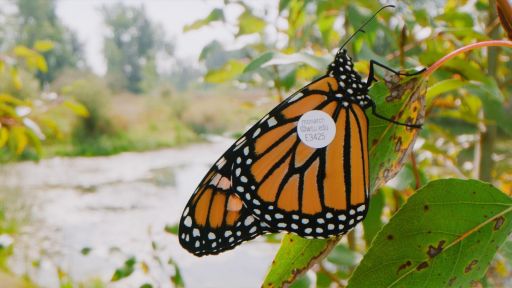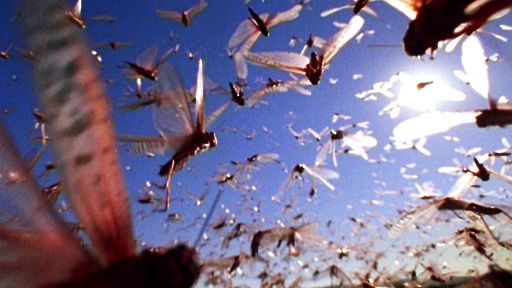As the storm builds, lobsters gather together for safety. They form a chain that becomes a “lobster conga line.”
Features



As the storm builds, conditions worsen.
Alone they're vulnerable, not just to currents, but predators too.
So they'll make their journey together.
Already, Spy Lobster has company.
Others also couple up.
Everyone joins the great migration, including our spy and its newfound buddy.
As the lobsters come together, it becomes a game of follow the leader.
Latecomers race to join up, including our spy.
A chain soon starts to form.
It becomes a lobster conga line, their an antennae keeping each in line.
The members can number 50 or more.
No one wants to be left behind.
As they head for deeper water, walking in line reduces drag and keeps them on course.
Guided by the Earth's magnetic field, they can march like this for days.
Already, they are vanishing into the deep, leaving Spy Lobster far behind.
You May Also Like




